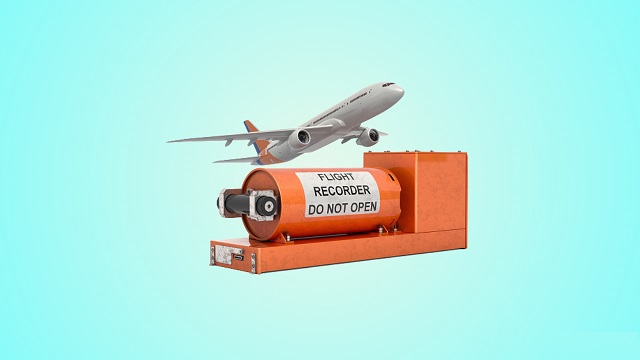
Introduction
Artificial intelligence (AI) has been making significant strides in recent years, with advancements in areas such as natural language processing, image recognition, and decision-making. With these advancements, there are concerns that AI may take over a majority of jobs, leading to widespread unemployment. In this article, we will examine the potential impact of AI on employment, the industries that are most at risk, and the steps that can be taken to mitigate the negative effects.
The Potential Impact of AI on Employment
There are several ways in which AI could potentially impact employment. Firstly, AI can automate tasks that were previously done by humans. This can lead to job displacement in industries such as manufacturing, transportation, and customer service.
Secondly, AI can also improve productivity, leading to increased output and lower costs. This could lead to companies downsizing their workforce as they are able to accomplish more with fewer employees.
Thirdly, AI can also create new jobs, such as in the field of AI development and maintenance. However, these jobs will typically require a higher level of skills and education, and may not be accessible to those who lose their jobs due to automation.
Industries at Risk
There are several industries that are most at risk of job displacement due to AI. These include:
- Manufacturing: AI can automate tasks such as welding, painting, and assembly, which are currently done by human workers.
- Transportation: Self-driving cars and trucks could displace human drivers.
- Customer service: AI chatbots can handle simple customer service inquiries, reducing the need for human customer service representatives.
- Retail: AI-powered inventory management and cashierless stores could reduce the need for human employees.
- Data entry and analysis: AI can process and analyze large amounts of data, reducing the need for human data entry and analysis.
Mitigating the Negative Effects
There are several steps that can be taken to mitigate the negative effects of AI on employment.
Firstly, governments and organizations can invest in retraining programs to help workers acquire the skills needed for the jobs of the future. This can include training in AI development, data analysis, and other high-demand fields.
Secondly, governments can also implement policies to support workers affected by automation, such as unemployment benefits and income support.
Thirdly, organizations can also adopt a more human-centric approach to AI, where AI is used to augment human workers rather than replace them. This can include using AI to assist with decision-making, rather than taking over the decision-making process entirely.
Conclusion
While AI has the potential to bring significant advancements in productivity and efficiency, it also has the potential to displace a significant number of jobs. It is important for governments, organizations, and individuals to take proactive steps to mitigate the negative effects of AI on employment. This includes investing in retraining programs, implementing policies to support workers affected by automation, and adopting a more human-centric approach to AI. By taking these steps, we can ensure that the benefits of AI are shared by all, rather than just a select few.






